Retailers and retail landlords have been banging on about experiential for years.

But until recently there weren’t many retailers actually doing it, and some of those who felt they were offered little more ‘experience’ than the opportunity to have a slice of cake next to rows of clothing racks rather than in the coffee shop next door. It will take more than that to prise people away from the Amazon app on their smartphones.
All that is now changing. From yoga classes at Lululemon to spas at Lush and weather simulators at The North Face, retailers are coming up with some really creative ways to draw in shoppers. And some brands, such as Samsung, are trialling stores that don’t sell anything at all. Instead, it’s all about marketing.

The growing focus on in-store experience is leading some retailers, particularly fashion brands, to seek out larger stores. Primark is about to open its biggest store to date in Birmingham – at 160,000 sq ft the store is so large it replaces an entire shopping centre.
Big stores give retailers more scope to play around with experiential concepts and show off their full range. Potentially, the trend opens up opportunities for landlords to reconfigure units and develop new space, but they have to be careful – retailers only want big stores in the best locations.
Find out more - Retail investors must be more hands-on with assets
The rate of change has been a minefield for landlords and, in turn, agents, who are having to restructure their teams and bring in expertise that wasn’t once needed – at a time when fewer deals means lower fees. It’s proving a struggle for some, but those that are adapting fast will be the ones that get ahead.
The retail sector has been challenging for all involved, but with challenge comes opportunity. And it appears that plenty of retailers, landlords and agents aren’t afraid to try out new ideas and move with the times.
Mia Hunt is Property Week’s market reports editor
Topics
Experience required: Retail, Leisure & Hotels
- 1
 Currently reading
Currently readingExperience required: retailers and landlords are bringing the magic back to shopping
- 2
- 3
- 4
- 5
- 6
- 7
- 8
- 9
- 10
- 11
- 12
- 13






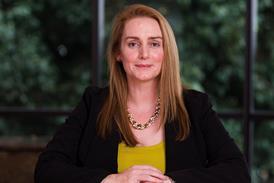
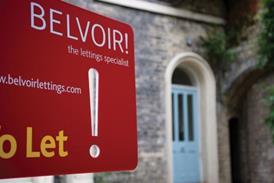
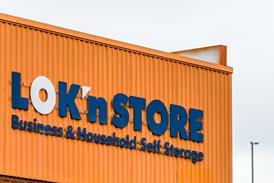




























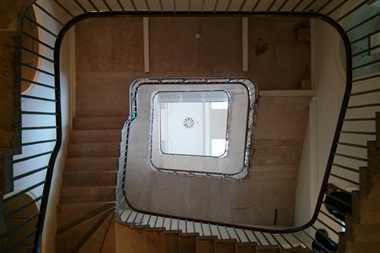



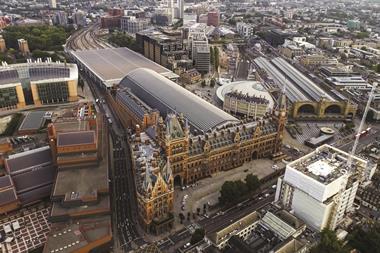
No comments yet